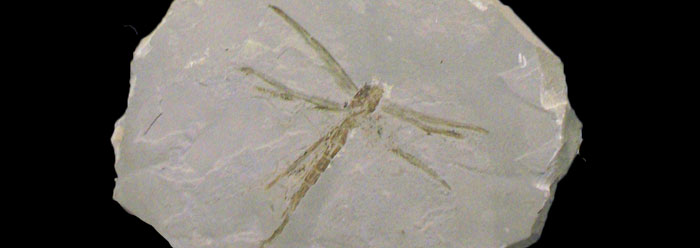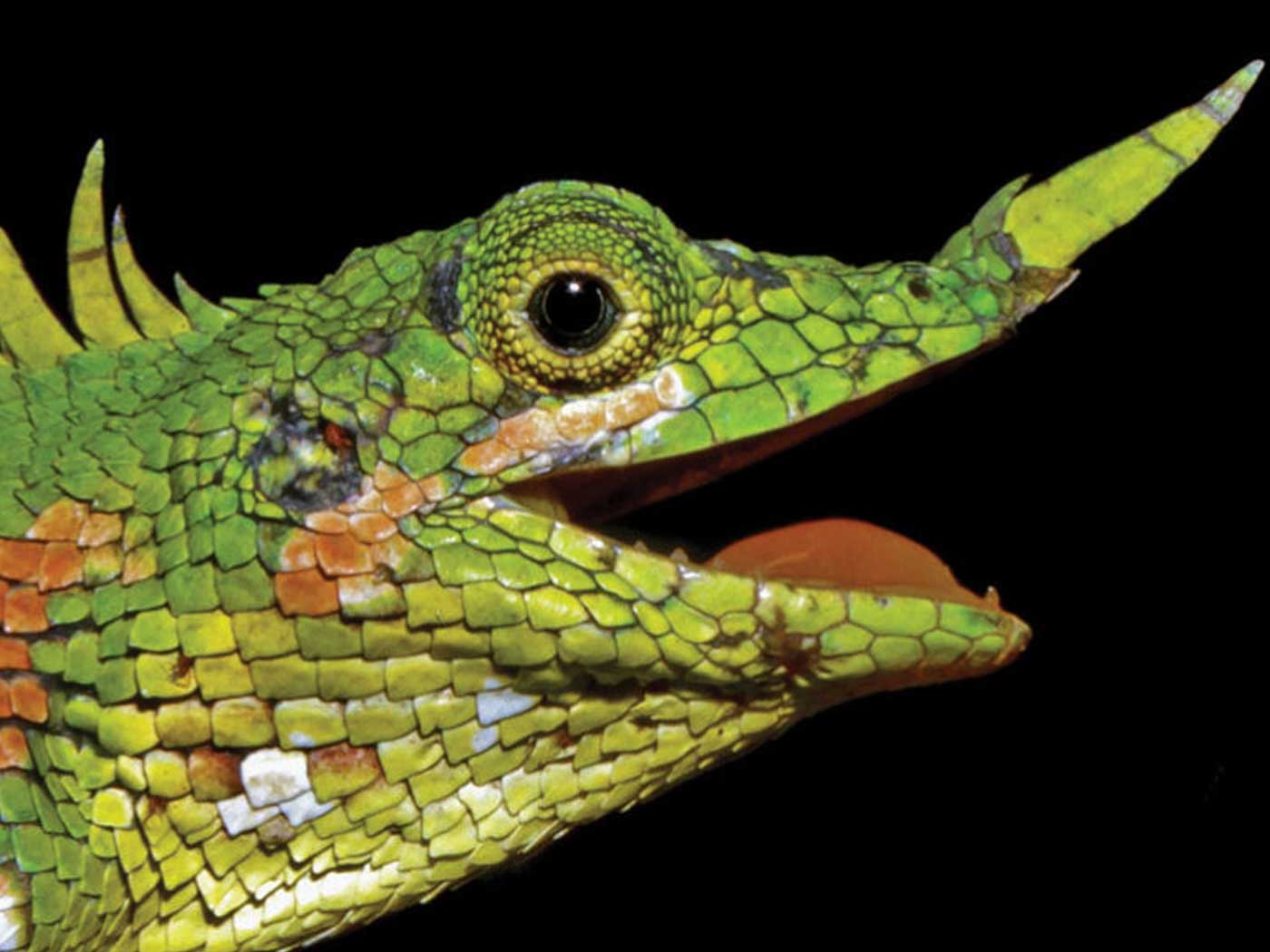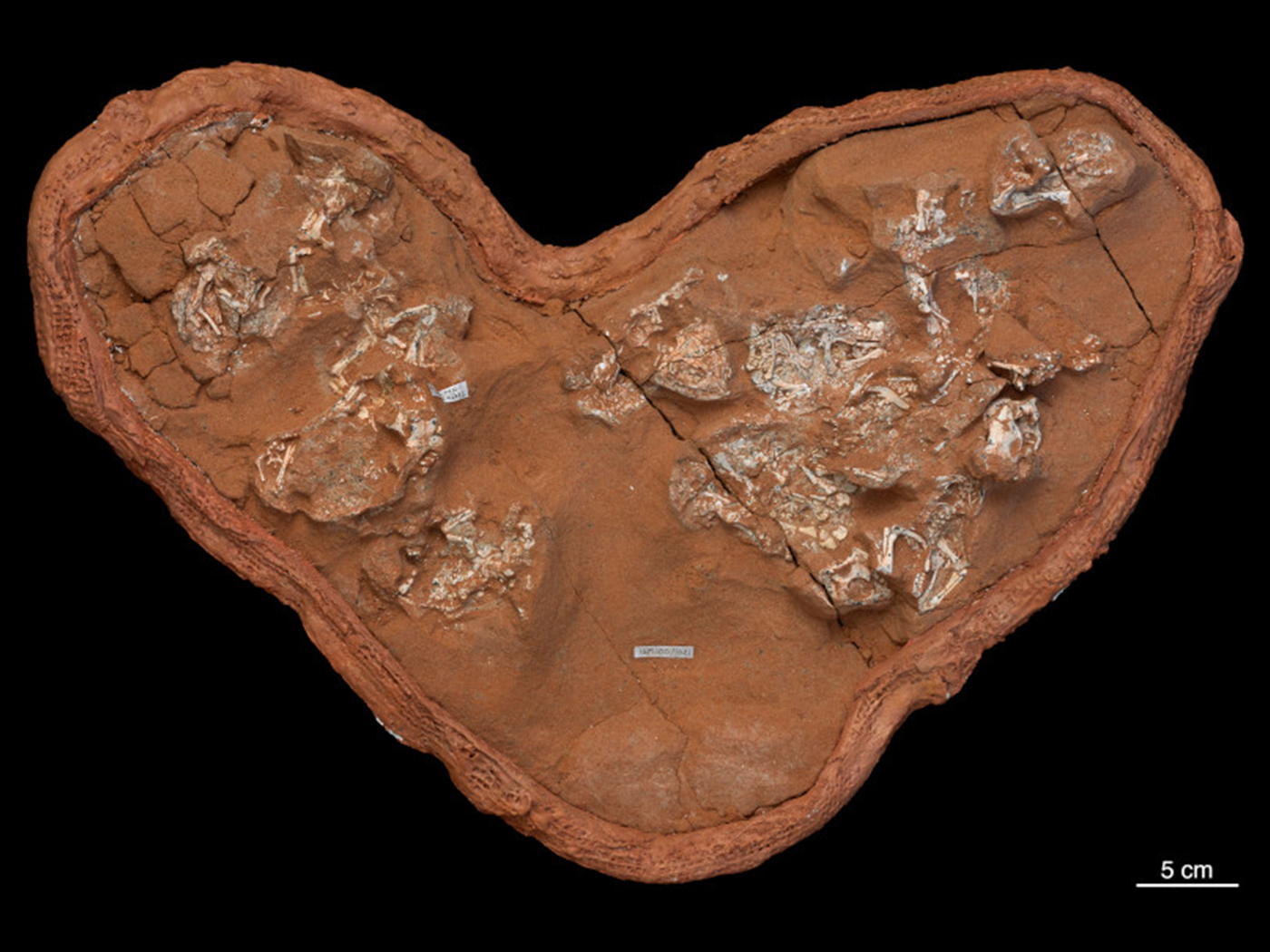No flying machine or other creature has the aerial dexterity of dragonflies. They can fly upside-down and backward as easily as straight ahead. And they move so fast that researchers have to use high-speed cameras to study them.
A recent report asserted that dragonflies achieved their flying skills because they have had millions of years to perfect and hone them. But is this scientifically grounded, or just a flight of fancy?
Harvard University biomechanist Stacey Combes and her team studied the way dragonfly flight operates. In a video posted by Science Nation, an online magazine funded by the National Science Foundation, one dragonfly with half of its right wing removed successfully caught a fruit fly in flight. No man-made aircraft of any kind can fly with the same kind of extensive wing damage.
However, when it came to explaining dragonfly origins, the report said:
Dragonflies have had a long time to evolve their skills as predators. They have been on the planet for about 300 hundred [sic] million years and predate dinosaurs. They can fly straight up, straight down, hover like helicopters and disappear in a blur.1
But does any scientific observation show that these kinds of predatory skills evolve? Does any experiment demonstrate that the addition of more evolutionary time yields better flying (or other equally challenging) structures in animals? And does credible evidence substantiate the "300 million years" claim?
It is true that dragonfly fossils are found in sedimentary rock layers below those containing dinosaurs. However, if most fossils were deposited in just one year by the worldwide Flood of Noah, then the geologic "periods" are not separated by millions of years. Instead, they represent different biomes.2 In other words, some swamp-dwelling dragonfly habitats were inundated prior to the more terrestrial habitats that contained the dinosaurs, conifers, birds, and mammals that are found together as fossils. But since they show catastrophe and are broad in extent, both the rock layers containing dragonfly fossils and those with dinosaurs appear to have been deposited as phases within the overall Flood year.
In addition, researchers can test the idea that dragonflies evolved their flying skills. Dragonflies were catastrophically buried in mud—which evidently flowed faster than the insects could fly—that later turned to stone. If the dragonfly fossils show partially evolved features, then that would support the claim that they might have evolved. But their fossils don't. Instead, ancient dragonflies are identical in core construction to modern ones. That, of course, supports the idea that they were created perfectly equipped for flight from the beginning.
In fact, the biggest difference between modern and fossil dragonflies is that many of the fossilized ones were several times larger, some having wingspans of over three feet! If anything, dragonflies have "devolved," not evolved.
So, there is no fossil evidence whatsoever that dragonfly flight evolved. In fact, since fossilized and living dragonflies share the same structure, they show no sign either of millions of years or of evolution. This is because, like man-made flying machines, dragonflies were also recently and purposely designed.
References
- O'Brien, M. and A. Kellan. Dragonflies: The Flying Aces of the Insect World. Science Nation. Posted on nsf.gov October 3, 2011, accessed October 13, 2011.
- Parker, G. 2006. The Fossil Book. Green Forest, AR: Master Books, 21.
Image credit: Brian Thomas
* Mr. Thomas is Science Writer at the Institute for Creation Research.
Article posted on October 20, 2011.
























